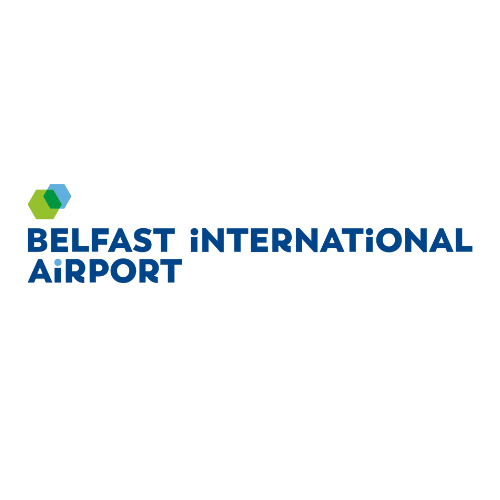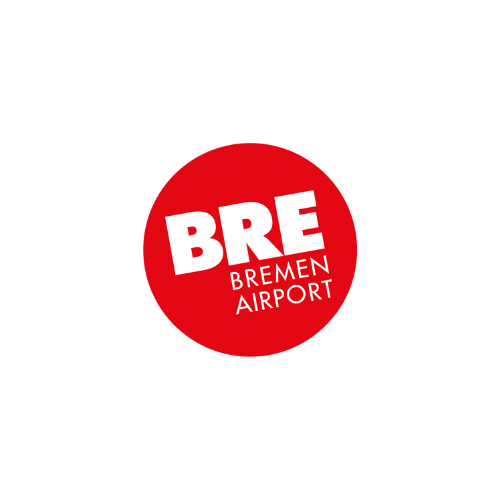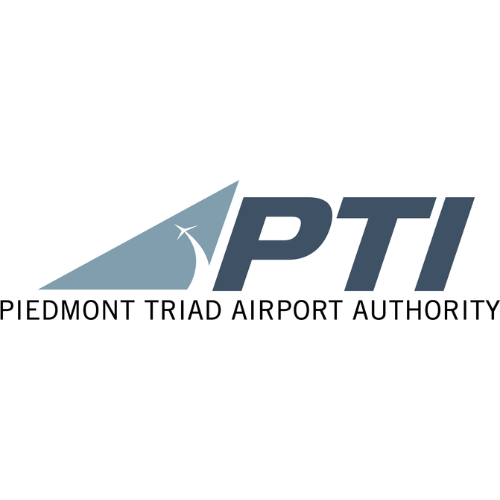Airports have always been busy places, with operators under significant pressure to manage the flow of the hundreds and thousands of passengers passing through each day. Before the COVID-19 pandemic, many operators had begun implementing new technologies to make the airport journey easier and quicker. However, the pandemic caused tremendous disruption to the airport sector. Firstly, by grounding flights and bringing travel to a standstill and secondly, by imposing new constraints on traditional airport operations, like the need for testing and social distancing.
The global health crisis has brought passenger safety into a sharper focus and increased the need for operators to limit touching surfaces, gathering crowds and face-to-face contact at the airport. However, it has also highlighted the need for a more seamless passenger journey. So, if airports want to get passengers back in their terminals and back in the sky, they need to deliver both a safe and enjoyable experience, and that largely comes down to having seamless airport technology.
Here we will reveal the airport technology used to promote safe and seamless passenger journeys through the airport.
Airport Technology Expansion
It’s been said that the COVID-19 pandemic brought about years of innovation in a matter of months. This statement is undoubtedly true of the airport industry with the rapid adoption of technologies that would typically take airports years to implement. Many would even argue that the pandemic has changed the design of airports and how they operate forever.
“From a passenger’s point of view, we know that they will be much more safety-conscious than before. This awareness is there to stay as it was for security after 9/11. There’s a new dimension of travel that will stay for the next 10-20 years at least, so we have to address the issues for passengers and our stakeholders,” said Nazareno Ventola, CEO & MD of Bologna Guglielmo Marconi Airport, at the International Airport Review Online Summit.
And he’s right. Passengers are more safety-conscious but also more digitally savvy, and they expect this to be recognised by airports, with technology integrated into a more seamless passenger journey.
New and Disruptive Airport Technology
According to a new report by SITA, by 2025, 68% of passengers will be digital travellers who expect more automation and hands-on control of the passenger experience using their mobile phones.
But this won’t surprise airports, as many have already started implementing self-service-style technology for passengers. For instance, they are supporting passengers with travelling at their own convenience with online check-in, the option to do their own bag drop to avoid queues and pre-order retail, duty-free, and food and beverage. In addition, with an airport ecommerce website and integrated app, operators put the passenger experience in the hands of the passenger, enabling them to buy all of the products they need, make reservations (for things like COVID-19 testing or beauty services) and even purchase upsells like retail or FAB gate delivery for added convenience, in a single basket.
And an ecommerce website is just the start of it. 89% of airports are also prioritising a contactless passenger journey, with disruptive airport technology like biometrics and QR code scanning for contactless fast-track and queueless journeys at the forefront. We’re also seeing an increasing number of airports adopt digital KPI and Feedback systems and contactless customer service (via QR code scanning) to meet passengers’ needs while limiting face-to-face contact.
Benefits of Seamless Airport Technology for Passengers
Simply put, the disruptive airport technology mentioned above makes for a safer and more seamless passenger journey. With biometrics, the journey through the airport is fast and means no more fumbling for passports or boarding passes. With QR code scanning for contactless fast track tickets, passengers can simply purchase and use an eticket on their mobile phones for a contactless passenger journey through airport security and immigration. There’s no need for the unnecessary touching of surfaces or face-to-face contact. It’s safer and more efficient.
We don’t imagine anyone out there particularly enjoys standing in a lengthy queue. With queueless journeys, there’s no need for passengers to queue anywhere at the airport at all. Instead, they can book a slot on their mobile phone and receive a designated time for arriving at a specific airport checkpoint. Rather than queuing, they can enjoy browsing the airport retail stores or grabbing a bite to eat in one of the cafes. It’s less stressful, more enjoyable and makes for a more positive experience overall.
Additionally, these seamless airport technologies limit crowding at the airport and improve the passenger flow while helping stop the spread of COVID-19 and other illnesses, safeguarding passengers and airport staff.
Benefits of a Digital Passenger Journey for Airports
If the passenger is happy, so is the airport. Essentially, everything that benefits the passenger also helps the airport. The disruptive airport technology we’ve described improves passenger flow, minimises congestion, increases efficiency and creates additional layers of safety.
Due to the pandemic, airports are now under increased pressure to cut costs and do more with less, as described by Michael Eggenschwiler, CEO of Hamburg Airport at the IAR Online Summit.
“We decided that we would need to cut 200 out of 2000 staff, so about 10%. We obviously cut all investments possible and did all the cost cutting necessary and we also looked at our structure and processes.”
At the same time as creating hygienic journeys and improving the welfare of passengers and staff, a contactless passenger journey also boosts the airport’s bottom line with lower operational expenditure.
By investing in disruptive airport technology like biometrics or simplifying a contactless passenger journey with QR code scanning, airports reduce the number of staff required to operate various airport checkpoints. What’s more, with technology like Rezcomm’s Contactless Customer Service, airports can continue offering fantastic customer service without resource-draining customer support desks. Instead, they can use AI chatbots to answer passengers’ FAQs, or passengers can reach out to a remote customer support worker if they need to speak to a human.
It’s also worth remembering that offering a safer, faster and more enjoyable passenger experience can directly impact revenue. That’s right – by improving efficiency and reducing wait times at the airport with seamless airport technology, you can increase non-aeronautical revenue. And it makes complete sense that if passengers aren’t stressed from standing in lengthy queues, they’re more likely to be in the mood to spend money. Check out our post ‘How Airport Digital Transformation Improves Passenger Satisfaction, Efficiency and Revenues’ to find out how this worked for Carrasco International Airport.
In addition to driving revenue, promoting a safer digital passenger journey through the airport will also increase passenger loyalty and ensure they use your airport again. What’s more, with nurturing and encouragement via personalised airport marketing and incentives, there’s the opportunity to transform loyal passengers into brand advocates who bring in new passengers to your airport.
Future proofing with Seamless Airport Technology
“Digitalisation must be one of the pillars of airport strategies for the next few years to enable us to be more flexible and more adaptive to business evolution,” said Nazareno Ventola at the IAR Online Summit.
And we agree. A seamless, end-to-end contactless experience will go a long way in helping the industry bounce back post-pandemic. But it goes beyond the recovery period – having seamless airport technology in place will also enable airports to prepare and develop resilience against future challenges and unforeseen circumstances. Now’s the time for airports to determine how best to leverage their technology into a more effective, considered and strategic approach to ensure they continue to meet the developing needs of the airport itself and its passengers.
Offer a safe and seamless passenger journey with the Rezcomm Marketplace. Download our brochure and book a meeting to find out more.




























